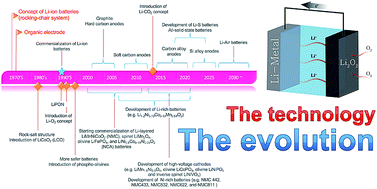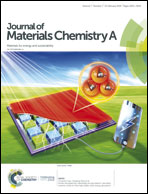Lithium-ion batteries: outlook on present, future, and hybridized technologies
Abstract
Lithium-ion batteries (LIBs) continue to draw vast attention as a promising energy storage technology due to their high energy density, low self-discharge property, nearly zero-memory effect, high open circuit voltage, and long lifespan. In particular, high-energy density lithium-ion batteries are considered as the ideal power source for electric vehicles (EVs) and hybrid electric vehicles (HEVs) in the automotive industry, in recent years. This review discusses key aspects of the present and the future battery technologies on the basis of the working electrode. We then discuss how lithium-ion batteries evolve to meet the growing demand on high charge capacity and electrode stability. An account of a stand-alone energy device (off-grid system) that combines an energy harvesting technology with a lithium-ion battery is also provided. The main discussion is categorized into three perspectives such as the evolution from the conventional to the advanced LIBs (e.g., Li-rich transition metal oxide and Ni-rich transition metal oxide batteries), to the state-of-the-art LIBs (e.g., Li–air, Li–sulfur batteries, organic electrode batteries, solid-state batteries, and Li–CO2 batteries), and to the hybridized LIBs (e.g., metal halide perovskite batteries).

- This article is part of the themed collections: 10th Anniversary: Most popular articles and Recent Review Articles


 Please wait while we load your content...
Please wait while we load your content...